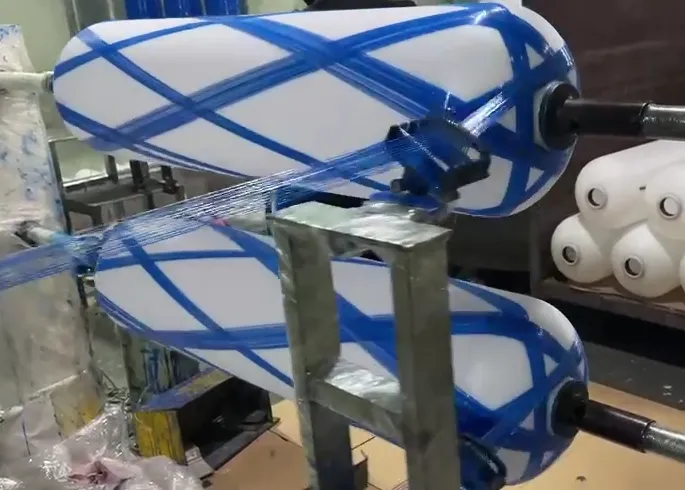loading...
- No. 9, Xingyuan South Street, Dongwaihuan Road, Zaoqiang County, Hengshui, Hebei, China
- admin@zjcomposites.com
- +86 15097380338
- Welcome to visit our website!
membrane housing
Understanding Membrane Housing Essential for Water Treatment
Membrane housing plays a pivotal role in modern water treatment processes, particularly in reverse osmosis (RO) and ultrafiltration (UF) systems. As the demand for clean and potable water increases around the globe, the significance of membrane technology and its housing becomes ever more crucial.
At its core, membrane housing is designed to protect and support the delicate membranes that perform the actual filtration. These membranes are semi-permeable barriers that allow certain particles and molecules to pass while blocking others, thus purifying water by removing contaminants, salts, and other impurities. However, the effectiveness and longevity of these membranes are largely dependent on the quality and design of their housing.
Typically constructed from robust materials such as fiberglass, stainless steel, or plastic, membrane housings are engineered to withstand high pressures and harsh environmental conditions. This durability is essential, especially in industrial applications where large volumes of water need treatment under continuous operation. The design of the membrane housing also facilitates easy maintenance and replacement of membranes, thereby reducing downtime and operational costs.
membrane housing

One of the critical factors influencing the choice of membrane housing is the configuration—whether it is spiral-wound, hollow fiber, or flat sheet. Each configuration has its own advantages, and the housing must be compatible with the selected membrane type to ensure optimal performance. For instance, spiral-wound membranes are common in RO systems and require a housing that can accommodate their particular shape and flow dynamics.
Moreover, the flow path within the housing must be carefully engineered to maximize contact between the feed water and the membrane, enhancing the overall efficiency of the filtration process. Advanced designs also consider factors like fouling and scaling, which can compromise membrane performance. Some housings integrate features that minimize these issues, prolonging membrane life and reducing maintenance frequency.
In conclusion, membrane housing is an integral component of water treatment systems. Its role extends beyond mere containment; it enhances membrane performance, ensures operational efficiency, and contributes to the overall sustainability of water treatment solutions. As technology advances and water scarcity becomes a pressing issue, innovation in membrane housing design will be critical in meeting global water needs effectively and sustainably. Understanding and investing in quality membrane housing will ultimately lead to better water treatment outcomes for communities worldwide.
-
The Rise of FRP Profiles: Strong, Lightweight, and Built to LastNewsJul.14,2025
-
SMC Panel Tanks: A Modern Water Storage Solution for All EnvironmentsNewsJul.14,2025
-
GRP Grating: A Modern Solution for Safe and Durable Access SystemsNewsJul.14,2025
-
Galvanized Steel Water Tanks: Durable, Reliable, and Ready for UseNewsJul.14,2025
-
FRP Mini Mesh Grating: The Safer, Smarter Flooring SolutionNewsJul.14,2025
-
Exploring FRP Vessels: Durable Solutions for Modern Fluid HandlingNewsJul.14,2025
-
GRP Structures: The Future of Lightweight, High-Performance EngineeringNewsJun.20,2025
